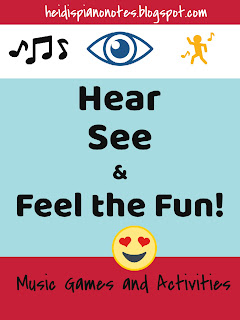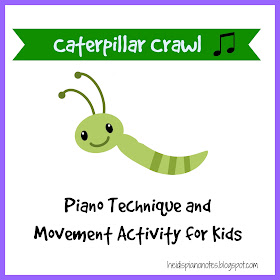I put together this handout full of fun game ideas for a Round Table presentation I did at a UVMTA event for the music teachers in my area. With so many fun game and activity resources, it was difficult to choose which ones to highlight. But fortunately, the links at the bottom can take you to my organized games list so you can pick your favorites for yourself or add a note in the comments to share your favorite off the bench activities!
Why Games and Activities?
· Engage – Games appeal to visual, tactile auditory and kinesthetic learning styles.
· Solidify – Repetition with appealing adaptations solidifies learning without boredom.
· Assess Mastery – Games provide a non-threatening avenue to “test” skills without the fear of failure.
· Isolate Concepts – Gradually introducing isolated ideas prepares for mastery without frustration and is a useful tool in tuning up trouble spots.
Sample Music Games & Activities




